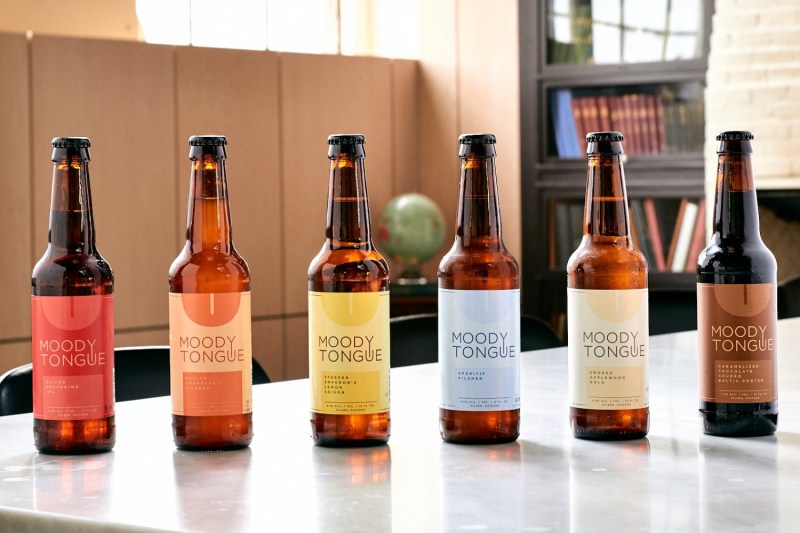
The advent of hard seltzers has not helped craft beer lovers convince their friends who say they don’t like beer that there’s still some real beer out there they’ll enjoy. That’s why most big name domestic breweries have taken the “If you can’t beat ’em, join ’em” approach and produced their own fruity, spicy water.
Yet those who champion beer should not stop fighting the good fight. For plenty of people, beer still means the watery industrial lagers so many of us guzzled down in college. For those who don’t like beer in the classic American commoditized sense, a citrusy IPA, a coffee-like stout, or a nutty brown ale is all it takes for an ah-ha! moment. There are plenty out there, however, who find even those beers too unpalatable and have sworn off beer forever.
Related Reading:
BUT! That’s the beauty of how far craft beer has come, so much so that the nerdiest of beer nerds have turned to beers like hazy IPAs that look and often taste almost like orange juice and pastry stouts that taste like pie. Breweries are even harnessing the power of hops to alter the flavor of IPAs to barely taste like beer. Then there are the milkshake IPAs that use lactose for an enhanced mouthfeel.
There’s a whole world of beer that doesn’t taste remotely like beer to help convince those who’ve sworn off the brewed beverage for good that there is, in fact, a beer for them.
For your convenience, here are some of the best beers that don’t taste like beer. We’ve also tried to include beers that are at least available regionally, but to be sure, there are plenty of awesome local brewers experimenting with beers and making them taste like they’re not, well, beer.
UFO Georgia Peach
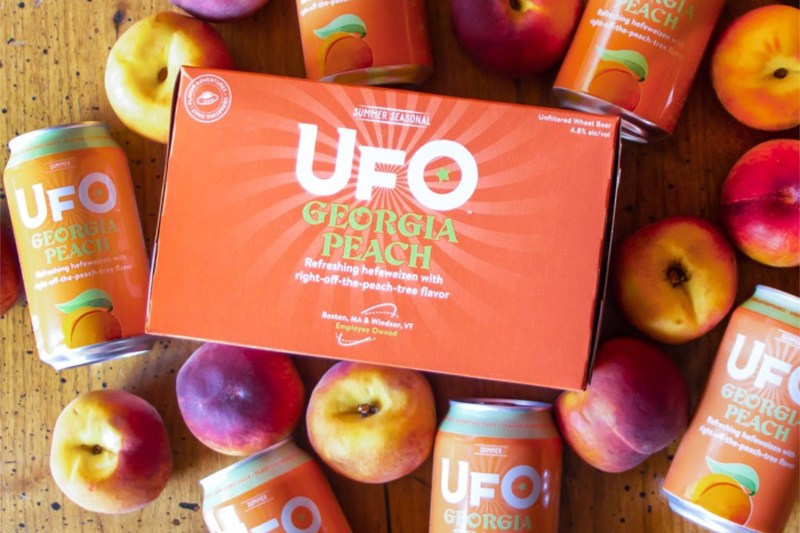
If you hate beer so much you can’t stand to think you’ll ever taste it, UFO Georgia Peach is the brew for you — especially if you’re a peach lover.
The brewery, spun off from Boston-based Harpoon, promises “right-off-the-peach-tree” flavor, and it essentially tastes like a bite into a ripe peach. While it’s a hefeweizen base, none of the classic hefeweizen flavors — such as banana or clove — shine through, leaving a refreshing, peachy drink. Not a peach fan? That’s OK, there’s a whole line of other UFO beers that come in variety packs, including pineapple, mango limeade, watermelon lemonade, and blood orange lemonade.
Sixpoint Jammers
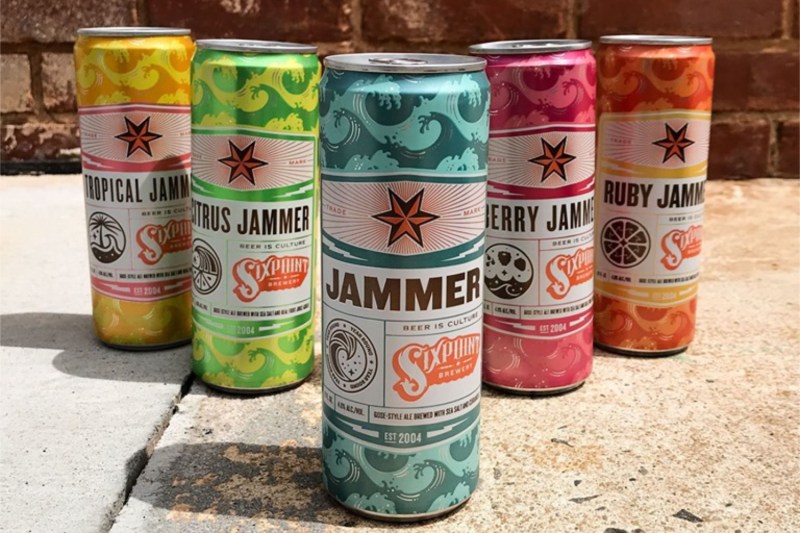
When talking to beer novices, a word we often steer away from is sour, but they can be some of the best beers to introduce a hater to the category. Specifically for our “beers that don’t taste like beer” theme, take a look at Sixpoint’s Jammer series. The base beer, Jammer, is a gose, a lightly soured beer originating from northern Germany that is reminiscent of lemonade. Sixpoint expands this beer with plenty of real fruit juice flavorings, and the “Jammer Pack” includes Citrus Jammer, Ruby Jammer, Tropical Jammer, and Berry Jammer.
Learn More
Elysian Brewing Raspy Whisper
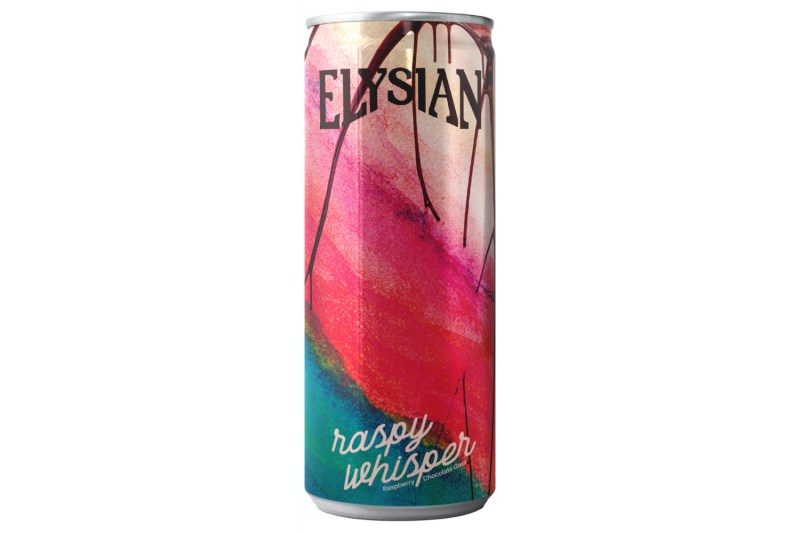
Washington-based Elysian Brewing is plenty experimental with its beers, once making a pumpkin peach beer — famous for a Budweiser ad that made fun of pumpkin peach beers shortly before Bud’s parent acquired the brand (because who doesn’t like a good pint of irony). Elysian hasn’t strayed from its ways and is making Raspy Whisper, a raspberry and chocolate gose. Each barrel of the beer has 20 pounds of raspberries and five pounds of cocoa nibs. Clocking in 3.6% alcohol by volume, this fruity, sweet, and tangy beer has plenty going for it.
Learn More
Schlafly Raspberry Hefeweizen
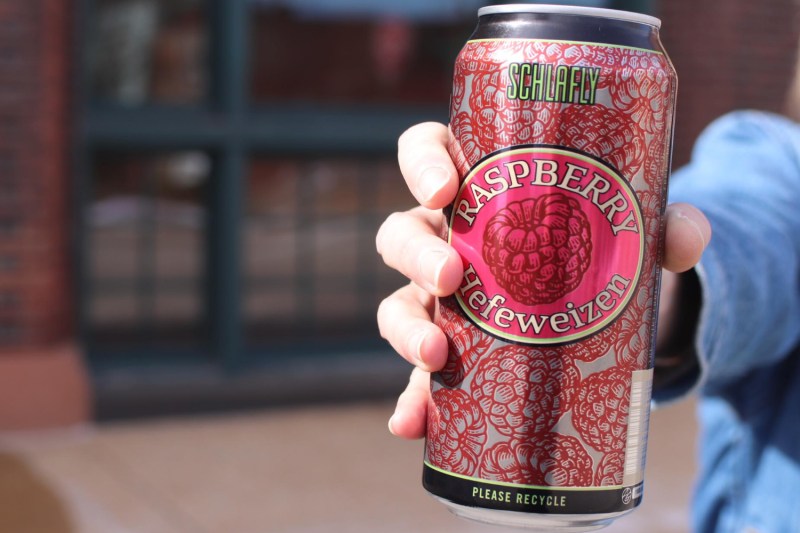
Staying true to the raspberry theme as it’s a powerful and often refreshing flavor, is St. Louis-based Schlafly’s Raspberry Hefeweizen. Schlafly uses plenty of real raspberries during the fermentation process to ensure plenty of bright fruit flavors and a nice pink color. Like a fresh raspberry in the summer, the hefeweizen is clean and tart, yet refreshing.
Learn More
Moody Tongue Beers
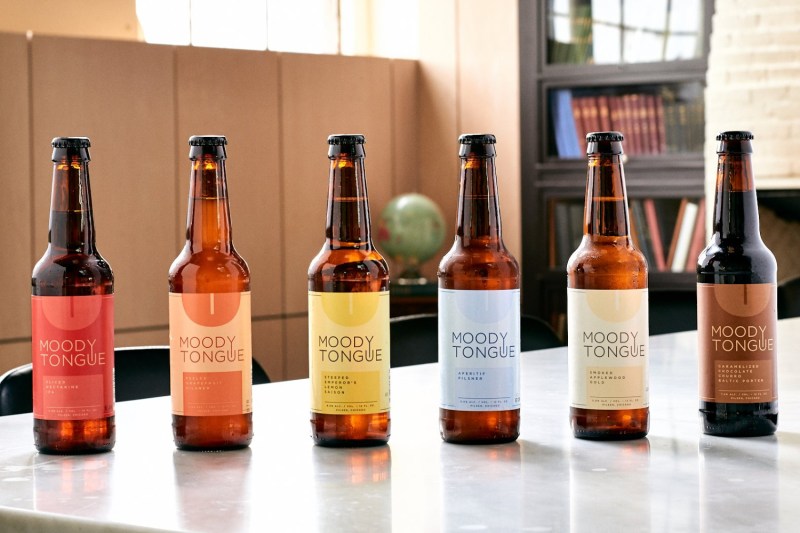
Moody Tongue is a Chicago-based brewery that’s small but pretty widely distributed. The brewery was started by Jared Rouben, a chef-turned brewer who brought his culinary mindset to the beer world. His beers include Peeled Grapefruit Pilsner, Caramelized Chocolate Churro Baltic Porter, and Steeped Emperor’s Lemon Saison — all of which are more reminiscent of their foodie namesakes than beer.
Learn More
Prairie Artisan Ales Prairie Bomb!
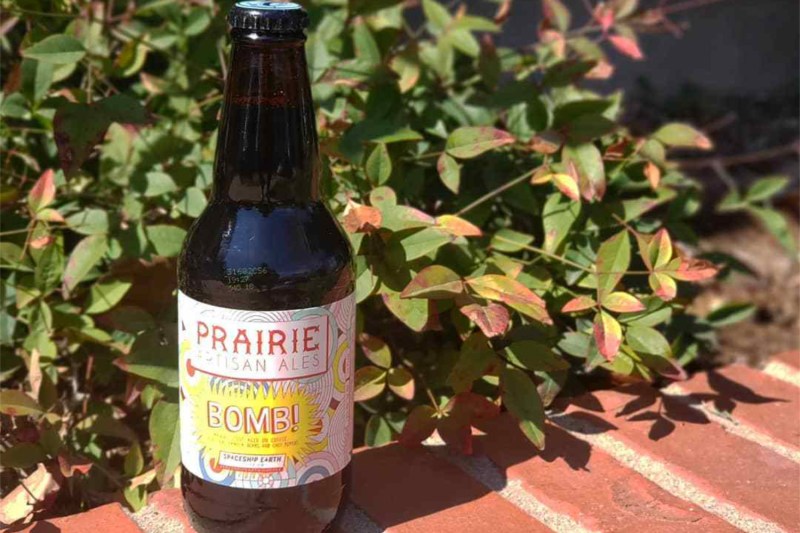
This might be a stretch, but why not try to go big? Prairie Artisan Ales’ Prairie Bomb! Clocks in at a massive 13% ABV, so it’s not gonna drink like a beer. Beer lovers rave about this beer, but so long as one has an adventurous palate, so will non-beer-lovers. It also has loads of chocolate, vanilla beans, coffee, and chili peppers, so there’s plenty of flavor going on to keep a picky drinker from proclaiming, “This tastes like beer!”
Learn More
Short’s Soft Parade
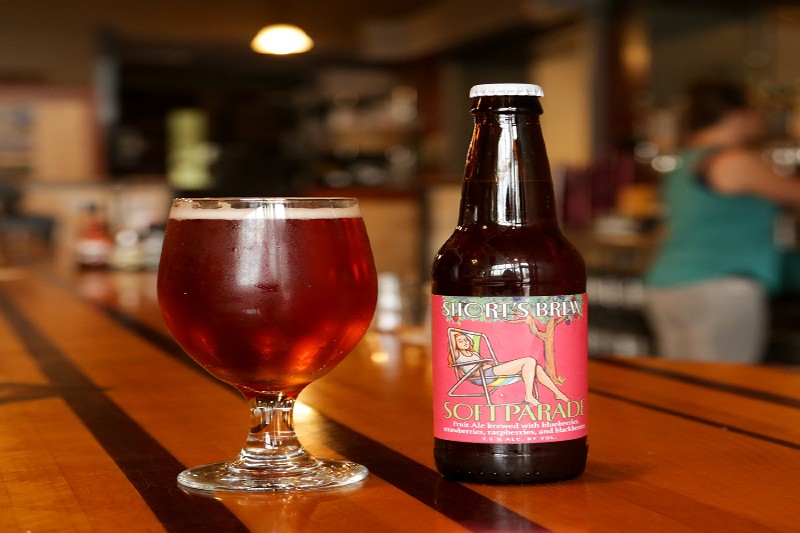
Short’s Brewery is well known in Michigan for its eclectic beers with distinct flavors. The Soft Parade fruit ale is one of Short’s five flagship beers that have made it out of Michigan to other states. They brew it with pureed strawberries, blueberries, raspberries, and blackberries. It sounds like the makings of a wine cooler, but fruitiness doesn’t overwhelm the beer’s overall balance. Its low IBA content gives it a dry and smooth finish, making this beer an excellent choice to try and convert your anti-beer buddies. Be careful, though. Its drinkability combined with its high ABV (7.5%) will sneak up on you.
Learn More
Editors' Recommendations
- 9 best fall beers and autumnal releases to drink this year
- Super Bowl of Beers: The Best Brews from San Francisco and Kansas City
- Standing Out From the (Six)-Pack: 11 of the Best Beer Can Designs Ever




